What Happens When Strangers Talk Openly About Race?
Share
Explore Our Galleries
Breaking News!
Today's news and culture by Black and other reporters in the Black and mainstream media.
Ways to Support ABHM?
by Mekhi Abbott, Word in Black

The Brazilian educator and philosopher Paulo Freire once said that without conversation, there is no room for understanding. Yet for meaningful conversations to be had, people must be willing to show up and listen.
That’s the concept behind a program at the University of Maryland-Baltimore County that gathers people to talk openly and honestly across the racial divide. Sponsored by a philanthropic foundation and supported through a higher-education nonprofit, it’s billed as a low-cost, engaging way to facilitate mutual understanding and advance progress.
The program — healing circles, hosted at UMBC — aims to create inviting spaces that bring students, faculty, and members of the community together to talk about the different perspectives individuals have based on lived experiences. These lived experiences vary based off of bias, socioeconomic status, and cultural background, among other factors.
At the most recent healing circles, however, the number of staff and faculty members has outnumbered students. It’s a challenge that Emily Sugrue, the organizer of UMBC’s healing circles, takes seriously.
“I do see that as a problem. Our hope is to get students trained as facilitators of these circles so that they can encourage their fellow students to attend,” she says. “Another goal of ours is to get community participation. Circles serve as open forums and we don’t just want UMBC folks but as people from the wider community in the greater Baltimore area.”
One way to meet that goal, she says, is to “simply cast a wider net and see who shows up.”
The healing circles are evidence of UMBC’s participation in Truth, Racial Healing and Transformation Campus Centers, a network of facilitators and programs designed to help undo harmful stereotypes, rewrite damaging narratives, and train people to dismantle toxic racial hierarchies at the grassroots level.
Get more information about the program.
Reconciliation is one of the four pillars of America’s Black Holocaust Museum.
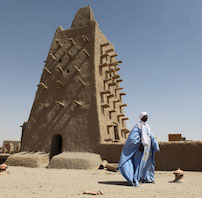
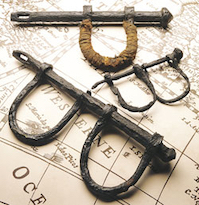
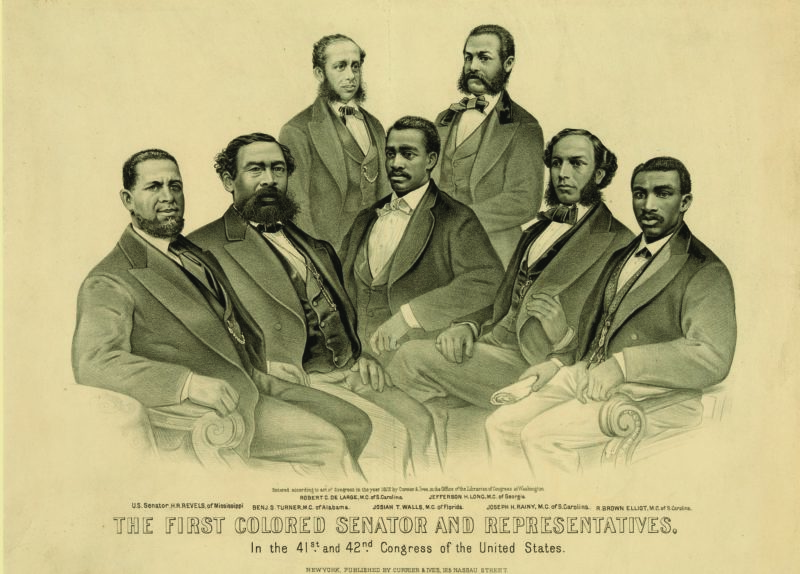
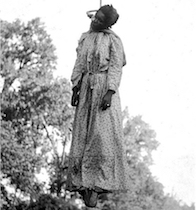
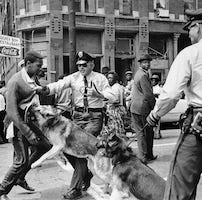
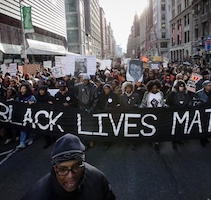
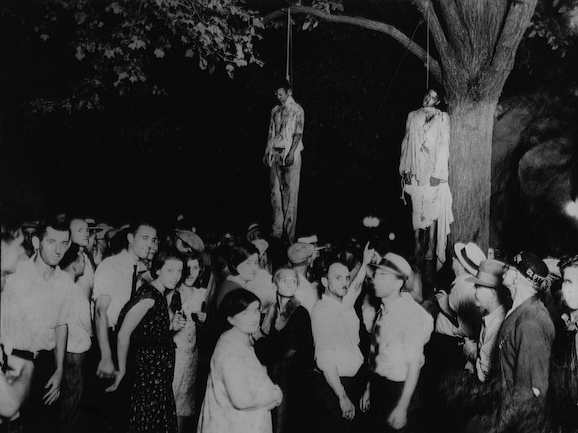
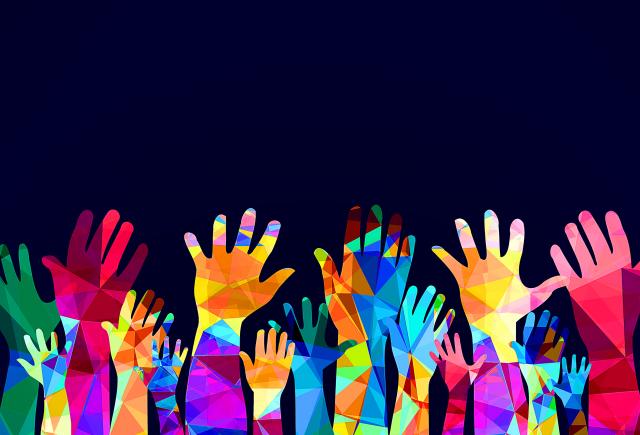
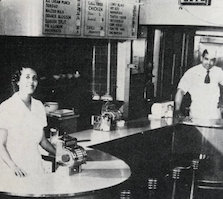
Comments Are Welcome
Note: We moderate submissions in order to create a space for meaningful dialogue, a space where museum visitors – adults and youth –– can exchange informed, thoughtful, and relevant comments that add value to our exhibits.
Racial slurs, personal attacks, obscenity, profanity, and SHOUTING do not meet the above standard. Such comments are posted in the exhibit Hateful Speech. Commercial promotions, impersonations, and incoherent comments likewise fail to meet our goals, so will not be posted. Submissions longer than 120 words will be shortened.
See our full Comments Policy here.